I'm trying to copy an image by hand, but I when I do the result is a negative of the original image. I can't seem to find out why, so please help.
This is the code:
def copy(image):
padded_image = np.ndarray(shape=image.shape)
for i in xrange(0, image.shape[0]):
for j in xrange(0, image.shape[1]):
padded_image[i][j] = image[i][j]
return padded_image
This is how I read the image:
jelly_beans = io.imread("4.1.07-jelly-beans.tiff")
And this is how I display the images:
def show_images(images, titles = None):
"""Display a list of images"""
n_ims = len(images)
if titles is None: titles = ['(%d)' % i for i in range(1,n_ims + 1)]
fig = plt.figure()
n = 1
for image,title in zip(images,titles):
a = fig.add_subplot(1,n_ims,n) # Make subplot
if image.ndim == 2: # Is image grayscale?
plt.gray()
plt.imshow(image)
a.set_title(title)
n += 1
fig.set_size_inches(np.array(fig.get_size_inches()) * n_ims)
plt.show()
